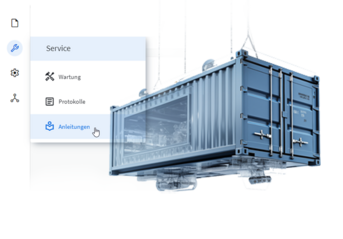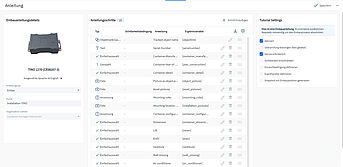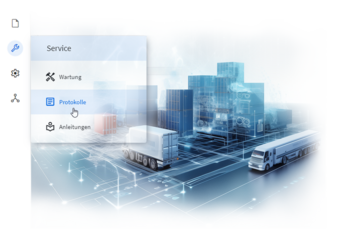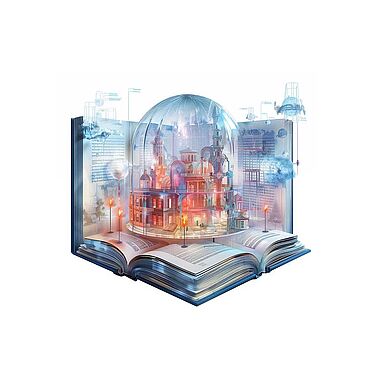Efficient management with standardised processes
In the COMMANDER telematics software, you organise your workflows with predefined instructions that you can adapt specifically for each product. Thanks to a fully documented version history, we guarantee you complete transparency and the ability to easily restore older instructions if required. At the same time, COMMANDER allows you to manage and roll out instructions centrally from your main organisation to ensure consistent quality assurance.
- Installation and removal of telematics devices: Step-by-step instructions including live diagnostics
- Carrying out driving licence checks: personalised log including photos
- Container hire: Simple logging of incoming, outgoing and inventory
- Damage logging: Simple damage report incl. photos directly into the system
Every step is digitally mapped and simplified- for the highest standards of accuracy and reliability.






